Home>Gardening & Outdoor>Plant Care & Gardening Tips>The Mix For Wildflower Seeds When Sowing Seeds
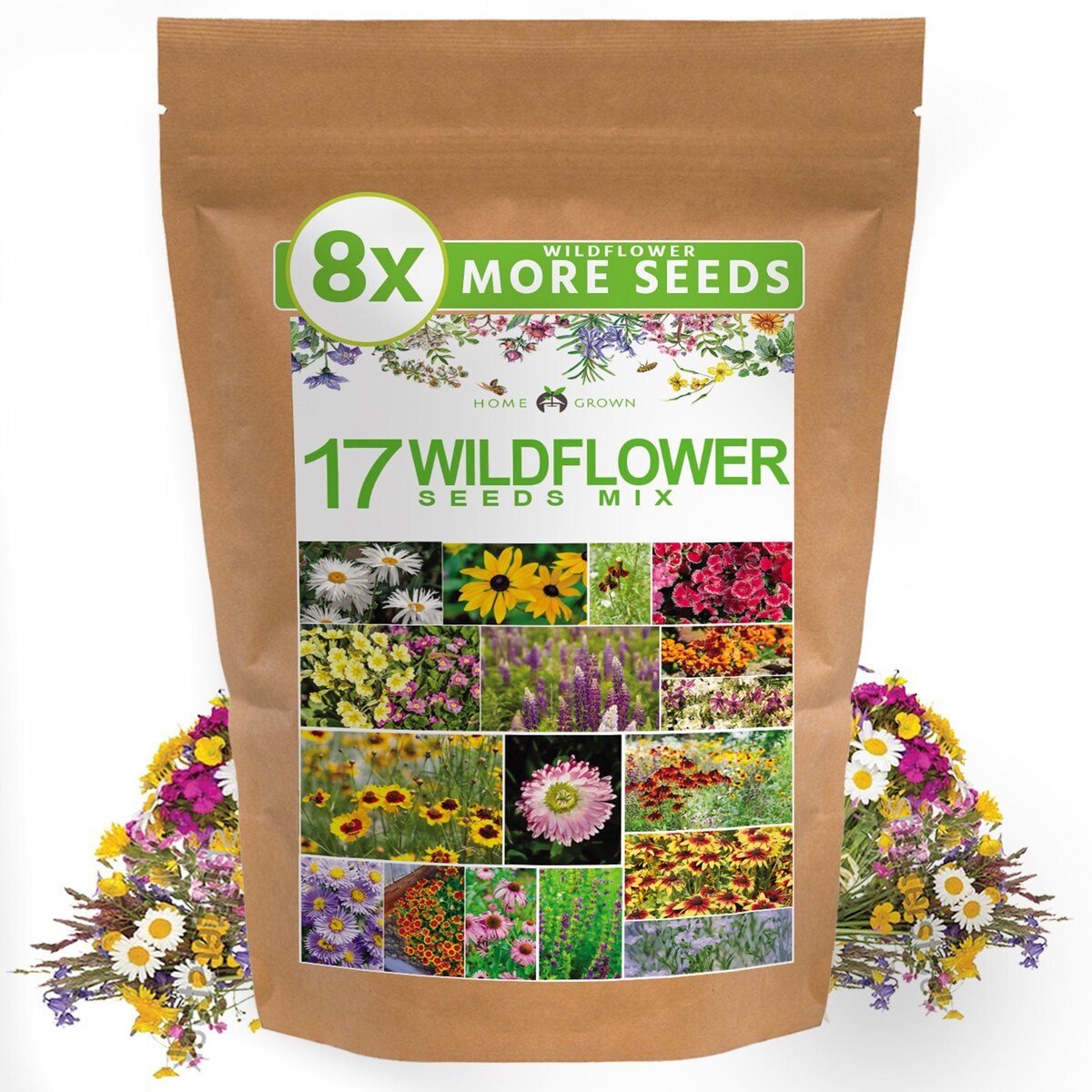

Plant Care & Gardening Tips
The Mix For Wildflower Seeds When Sowing Seeds
Modified: March 24, 2024
Discover expert plant care and gardening tips for sowing wildflower seeds. Learn how to create the perfect mix for successful seed planting. Elevate your gardening skills today!
(Many of the links in this article redirect to a specific reviewed product. Your purchase of these products through affiliate links helps to generate commission for Storables.com, at no extra cost. Learn more)
**
Introduction
**
When it comes to creating a vibrant and biodiverse garden, sowing wildflower seeds is a delightful and rewarding endeavor. The sight of colorful blooms dancing in the breeze and the gentle hum of pollinators are just a few of the many joys that wildflowers can bring to any outdoor space. However, achieving a successful wildflower display requires more than just scattering seeds and hoping for the best. One of the critical factors in the success of wildflower sowing is the mix used when sowing the seeds.
In this article, we will delve into the world of wildflower seeds and explore the importance of using the right mix when sowing them. We will uncover the key factors to consider when choosing a mix and provide valuable insights into the ideal mix for sowing wildflower seeds. Whether you are a novice gardener or a seasoned horticultural enthusiast, understanding the intricacies of wildflower seed mixes can elevate your gardening experience and contribute to the flourishing beauty of your outdoor space. So, let's embark on this enlightening journey into the realm of wildflower seeds and the art of sowing them for a breathtaking floral spectacle.
**
Key Takeaways:
- Choosing the right mix of wildflower seeds is like creating a colorful and diverse symphony in your garden, attracting pollinators and supporting a thriving ecosystem.
- When sowing wildflower seeds, consider factors like local climate, soil conditions, and wildlife support to create a vibrant and low-maintenance floral display that celebrates biodiversity.
Read more: When To Sow Echinacea Seeds
Understanding Wildflower Seeds
**
Wildflower seeds are the embodiment of nature’s artistry, encapsulating the potential for an awe-inspiring floral display. These seeds are a diverse collection of plant embryos, each carrying the genetic blueprint for a specific wildflower species. They come in a myriad of shapes, sizes, and colors, reflecting the remarkable diversity of the wildflower kingdom.
One of the defining characteristics of wildflower seeds is their adaptability to various environments. These resilient seeds have evolved to thrive in a range of conditions, from sun-drenched meadows to shaded woodland areas. Additionally, wildflower seeds often possess natural mechanisms that enable them to lie dormant in the soil until the optimal conditions for germination arise, ensuring their survival even in challenging circumstances.
It’s important to note that not all wildflower seeds are created equal. Some species may require specific environmental cues to germinate, while others may readily sprout with minimal coaxing. Understanding the unique traits of different wildflower seeds is crucial for selecting the right mix and sowing them effectively.
Furthermore, wildflower seeds play a vital role in supporting local ecosystems. As native plants, they contribute to the preservation of biodiversity and provide essential resources for pollinators, such as bees and butterflies. By sowing wildflower seeds, gardeners can actively participate in conservation efforts and create havens for wildlife in their own backyard.
Embracing the enchanting world of wildflower seeds involves recognizing their inherent beauty, resilience, and ecological significance. With this understanding, gardeners can embark on the journey of sowing wildflower seeds with a profound appreciation for the natural wonders they harbor.
**
The Importance of the Right Mix
**
Choosing the right mix when sowing wildflower seeds is a pivotal decision that can significantly impact the success of a planting project. The mix refers to the combination of different wildflower species and often includes a blend of annuals, perennials, and biennials, each contributing unique attributes to the overall floral tapestry.
One of the primary reasons why the right mix is crucial lies in the diversity it brings to the garden. By incorporating a variety of wildflower species, the resulting display can offer a spectrum of colors, shapes, and bloom times, creating a visually captivating landscape that evolves throughout the seasons. Moreover, a diverse mix can attract a wide array of pollinators, fostering a thriving ecosystem within the garden.
Furthermore, the right mix can contribute to the resilience and sustainability of the planting. A well-balanced mix may include species with different growth habits, root structures, and blooming periods, enhancing the overall stability of the planting and reducing the risk of monoculture-related issues. Additionally, a thoughtfully curated mix can help mitigate the impact of pests and diseases, as diverse plant communities are less susceptible to widespread infestations.
Another key aspect of the right mix is its ability to adapt to specific environmental conditions. By selecting species that are suited to the local climate, soil type, and sunlight availability, gardeners can increase the likelihood of successful establishment and long-term vitality. This tailored approach acknowledges the unique characteristics of the planting site and aims to create a harmonious blend of wildflowers that can thrive in their designated environment.
Moreover, the right mix holds the potential to evoke a sense of place and narrative within the garden. Whether inspired by regional wildflower meadows, historical landscapes, or personal preferences, the selection of a mix can encapsulate a story or theme, adding depth and meaning to the floral composition. This intentional curation can elevate the emotional and aesthetic impact of the planting, resonating with both the gardener and the visitors who behold its beauty.
Ultimately, the right mix is not merely a collection of seeds; it is a carefully orchestrated symphony of nature’s wonders, designed to harmonize with the environment, inspire biodiversity, and enchant the beholder. As we unravel the significance of the right mix, we gain a profound appreciation for the artistry and science that underpin the cultivation of wildflower seeds.
**
Mix wildflower seeds with sand or vermiculite before sowing to help spread them evenly and prevent overcrowding. This will give you a better chance of a successful and beautiful wildflower garden.
Factors to Consider When Choosing a Mix
**
When embarking on the journey of selecting a mix for sowing wildflower seeds, several crucial factors come into play, each influencing the composition and performance of the planting. By carefully considering these factors, gardeners can make informed decisions that align with their vision for a flourishing and resilient wildflower display.
1. Local Climate and Soil Conditions:
The climatic conditions and soil characteristics of the planting site play a pivotal role in determining the suitability of wildflower species. Consider the average temperature, rainfall patterns, and soil composition to identify species that are well-adapted to thrive in the specific microclimate of the garden.
2. Sunlight Exposure:
Assess the sunlight exposure of the planting area, distinguishing between full sun, partial shade, and full shade conditions. Different wildflower species have varying light requirements, and selecting a mix that aligns with the available sunlight can optimize the overall performance of the planting.
3. Bloom Times and Heights:
Strategically plan for a succession of blooms by incorporating species with different flowering periods. Additionally, consider the mature heights of the wildflowers to create visually appealing layers within the planting, ranging from ground-hugging blooms to towering floral accents.
4. Wildlife Attraction:
Deliberately select species that attract pollinators, such as bees, butterflies, and hummingbirds, to promote biodiversity and ecological balance within the garden. By providing nectar and habitat for wildlife, the wildflower mix can contribute to the overall health of the local ecosystem.
5. Aesthetic and Functional Goals:
Define the desired aesthetic and functional attributes of the wildflower display. Whether aiming for a vibrant color palette, a naturalistic meadow-like appearance, or specific thematic elements, aligning the mix with these goals can shape the overall impact of the planting.
6. Maintenance Considerations:
Assess the maintenance requirements and long-term management of the wildflower planting. Consider factors such as water availability, weed control, and the potential for self-seeding to ensure that the selected mix aligns with the desired level of maintenance commitment.
By carefully evaluating these factors, gardeners can navigate the intricate process of choosing a wildflower mix with confidence, knowing that each decision contributes to the creation of a resilient, visually captivating, and ecologically vibrant floral tapestry.
**
The Ideal Mix for Sowing Wildflower Seeds
**
As we unravel the intricacies of selecting the ideal mix for sowing wildflower seeds, it becomes evident that a harmonious blend of diverse species is key to creating a captivating and sustainable floral display. The ideal mix embodies a thoughtful fusion of botanical diversity, environmental adaptability, and aesthetic allure, offering a tapestry of blooms that evolves throughout the seasons.
1. Biodiversity and Resilience:
The ideal mix embraces biodiversity by incorporating a rich assortment of native wildflower species. This diversity not only enhances the visual appeal of the planting but also fosters ecological resilience, as a varied plant community can better withstand environmental stressors and support a multitude of beneficial organisms.
2. Seasonal Interest and Succession:
A well-conceived mix for sowing wildflower seeds encompasses species with staggered bloom times, ensuring a continuous spectacle of color and vitality from early spring to late fall. By orchestrating a succession of blooms, the planting remains dynamic and engaging throughout the changing seasons.
3. Pollinator Support:
Conscious consideration of species that provide nectar and habitat for pollinators is a hallmark of the ideal mix. By nurturing a diverse array of pollinator-friendly plants, the wildflower display becomes a haven for bees, butterflies, and other vital pollinating insects, contributing to the broader conservation of these essential species.
4. Adaptability to Site Conditions:
The ideal mix is tailored to thrive in the specific environmental conditions of the planting site. By selecting species that are well-suited to the local climate, soil type, and sunlight exposure, gardeners can maximize the chances of successful establishment and long-term flourishing of the wildflower display.
5. Aesthetic Cohesion and Narrative:
Intentional curation of the mix allows for the creation of a cohesive and visually captivating composition. Whether inspired by a specific color scheme, naturalistic meadow aesthetics, or thematic narratives, the ideal mix weaves a compelling story through its botanical diversity and harmonious interplay of forms and hues.
6. Low-Maintenance Sustainability:
An optimal wildflower mix strikes a balance between visual impact and low-maintenance sustainability. By including species that are self-sustaining, resilient, and well-adapted to the local ecosystem, the mix can thrive with minimal intervention, embodying the ethos of sustainable and ecologically conscious gardening.
By embracing these principles and considerations, the ideal mix for sowing wildflower seeds emerges as a testament to the artistry and science of horticulture, offering a canvas for nature’s exuberance and a sanctuary for the myriad life forms that grace the garden.
**
Read more: When To Sow Lupine Seeds
Conclusion
**
Embarking on the enchanting journey of sowing wildflower seeds is a testament to the profound connection between humans and the natural world. As we have explored the nuances of wildflower seed mixes, we have unveiled the art and science that underpin the creation of vibrant and sustainable floral displays.
Choosing the right mix for sowing wildflower seeds is a deliberate and thoughtful process that involves a harmonious balance of biodiversity, adaptability, and aesthetic allure. By considering factors such as local climate, soil conditions, wildlife support, and seasonal interest, gardeners can curate a mix that not only delights the senses but also contributes to the ecological tapestry of their surroundings.
Furthermore, the act of sowing wildflower seeds transcends horticulture; it is a profound gesture of stewardship and conservation. By embracing native wildflower species and creating habitats for pollinators, gardeners play a vital role in preserving biodiversity and fostering resilient ecosystems within their own landscapes.
As we envision the ideal mix for sowing wildflower seeds, we are reminded of the boundless beauty and resilience of nature. The tapestry of blooms that emerges from a well-chosen mix is a testament to the intricate dance of life, where each species plays a vital role in the symphony of the natural world.
In conclusion, the art of sowing wildflower seeds extends far beyond the act of planting; it is a celebration of biodiversity, a testament to sustainable gardening practices, and a profound expression of our reverence for the Earth’s living tapestry. With each wildflower seed sown, we sow a promise of beauty, resilience, and harmony, nurturing a legacy that blossoms for generations to come.
Frequently Asked Questions about The Mix For Wildflower Seeds When Sowing Seeds
Was this page helpful?
At Storables.com, we guarantee accurate and reliable information. Our content, validated by Expert Board Contributors, is crafted following stringent Editorial Policies. We're committed to providing you with well-researched, expert-backed insights for all your informational needs.
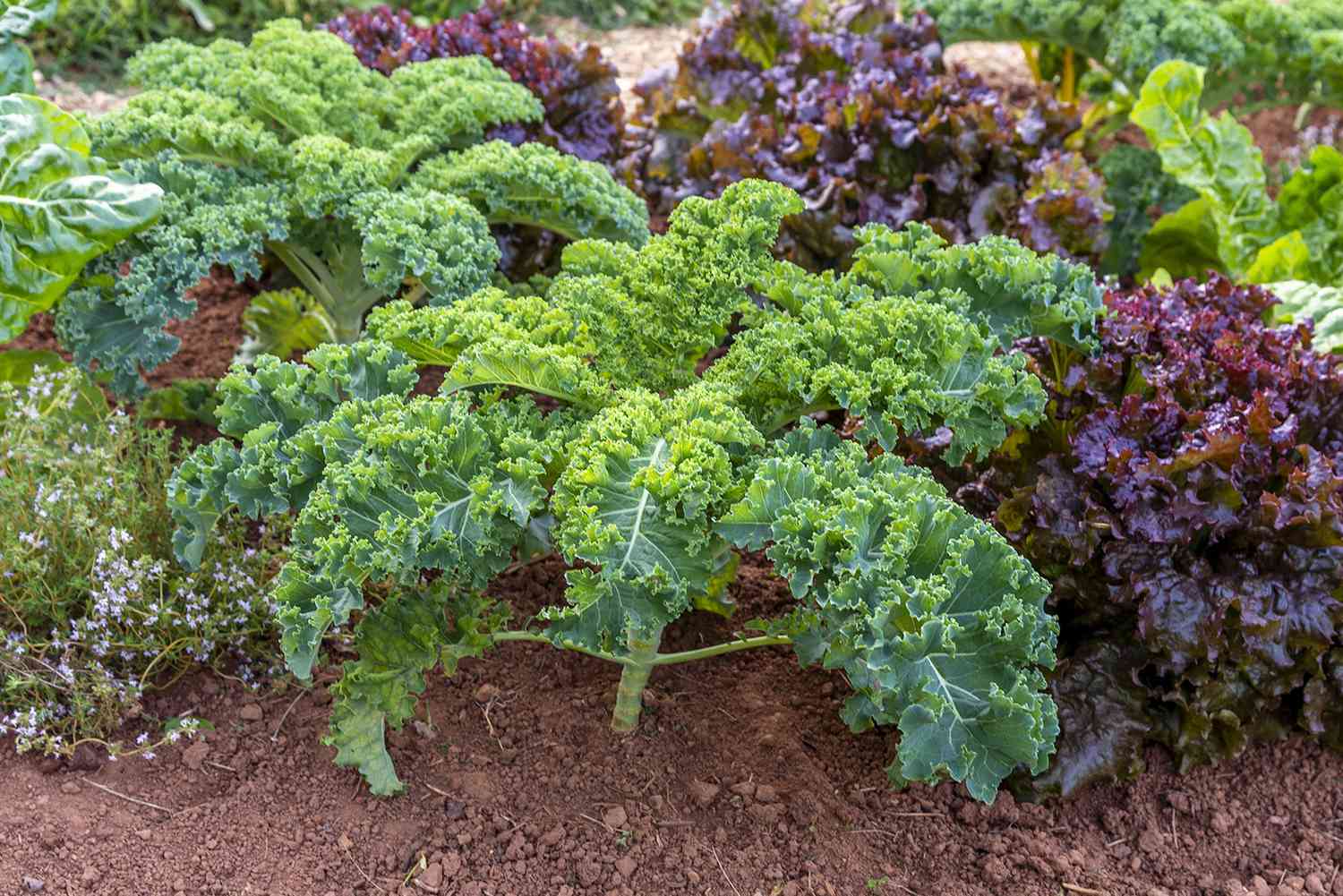
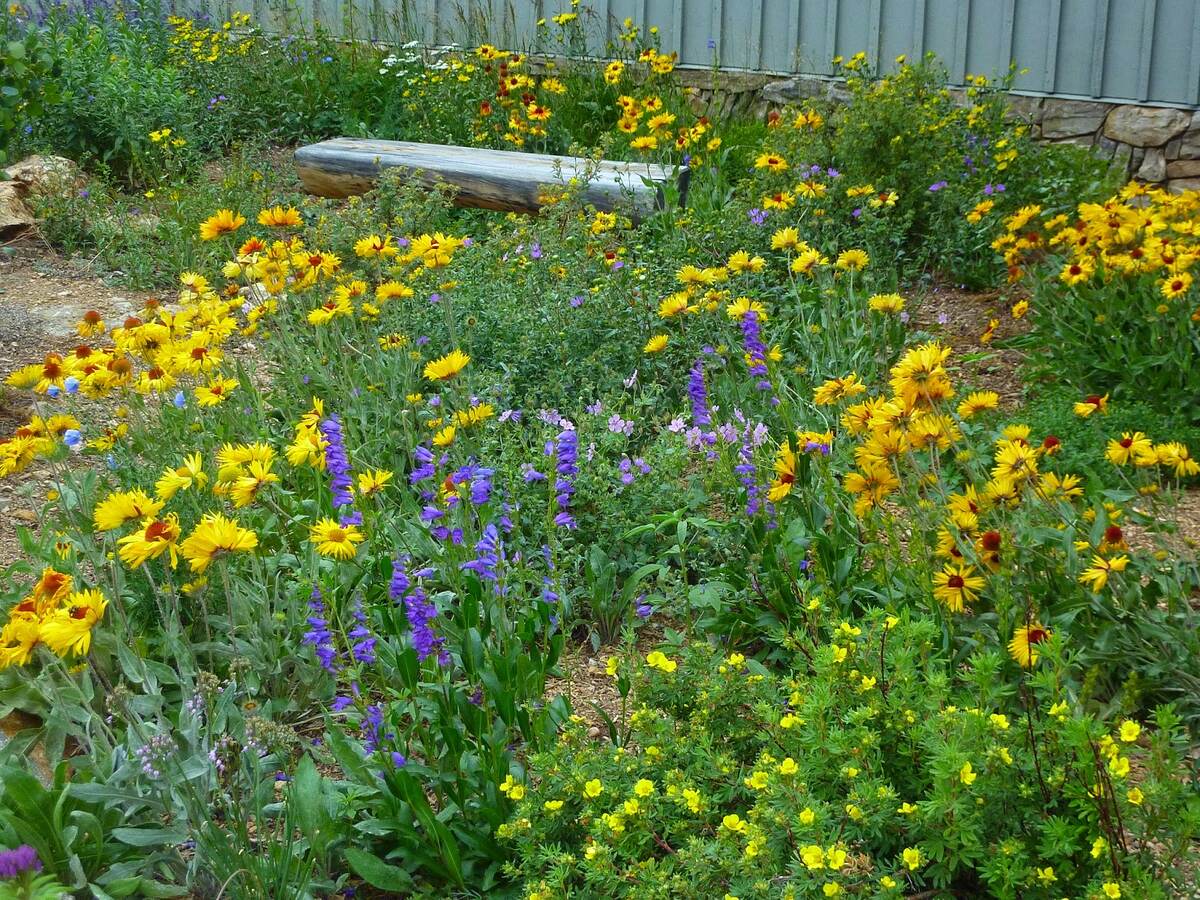
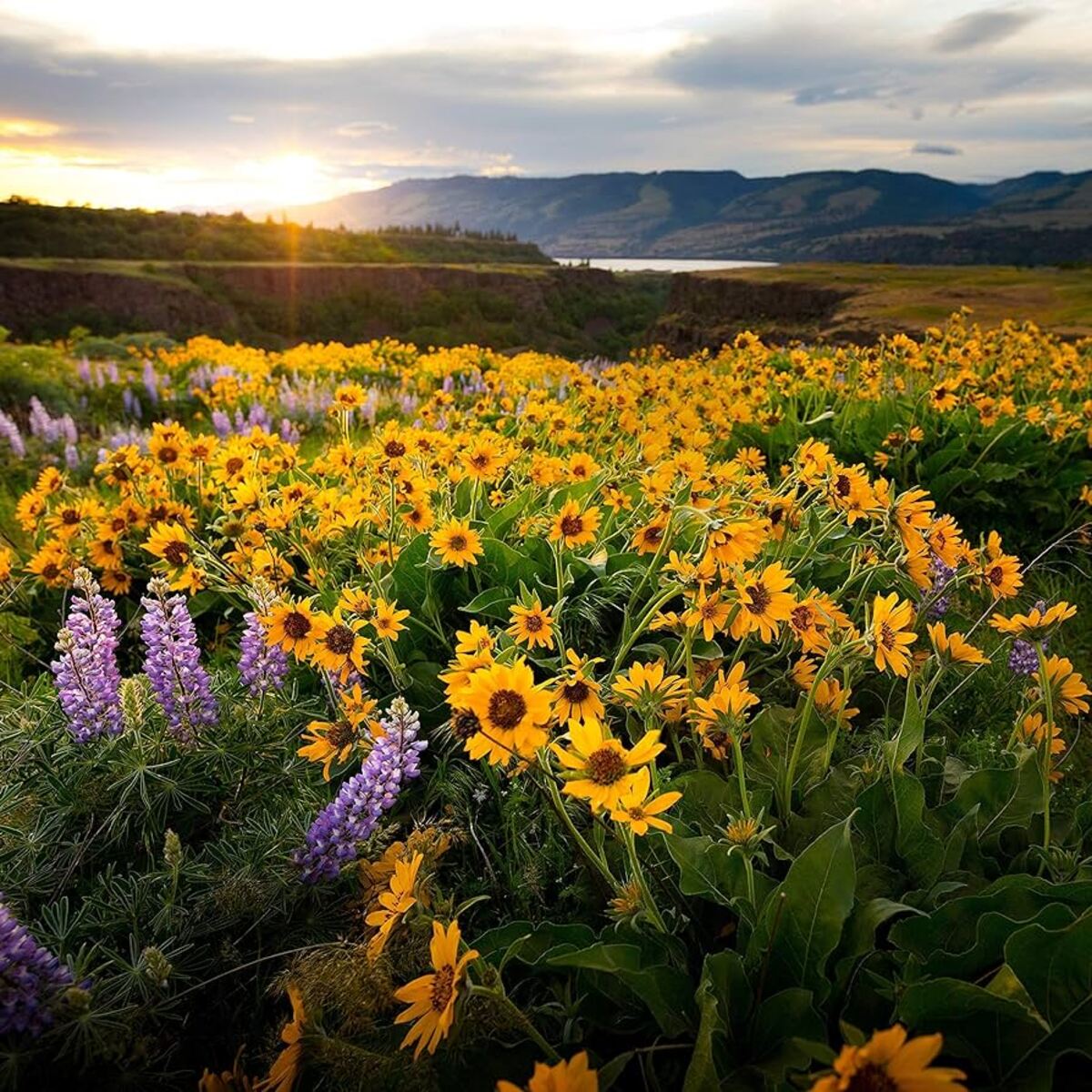
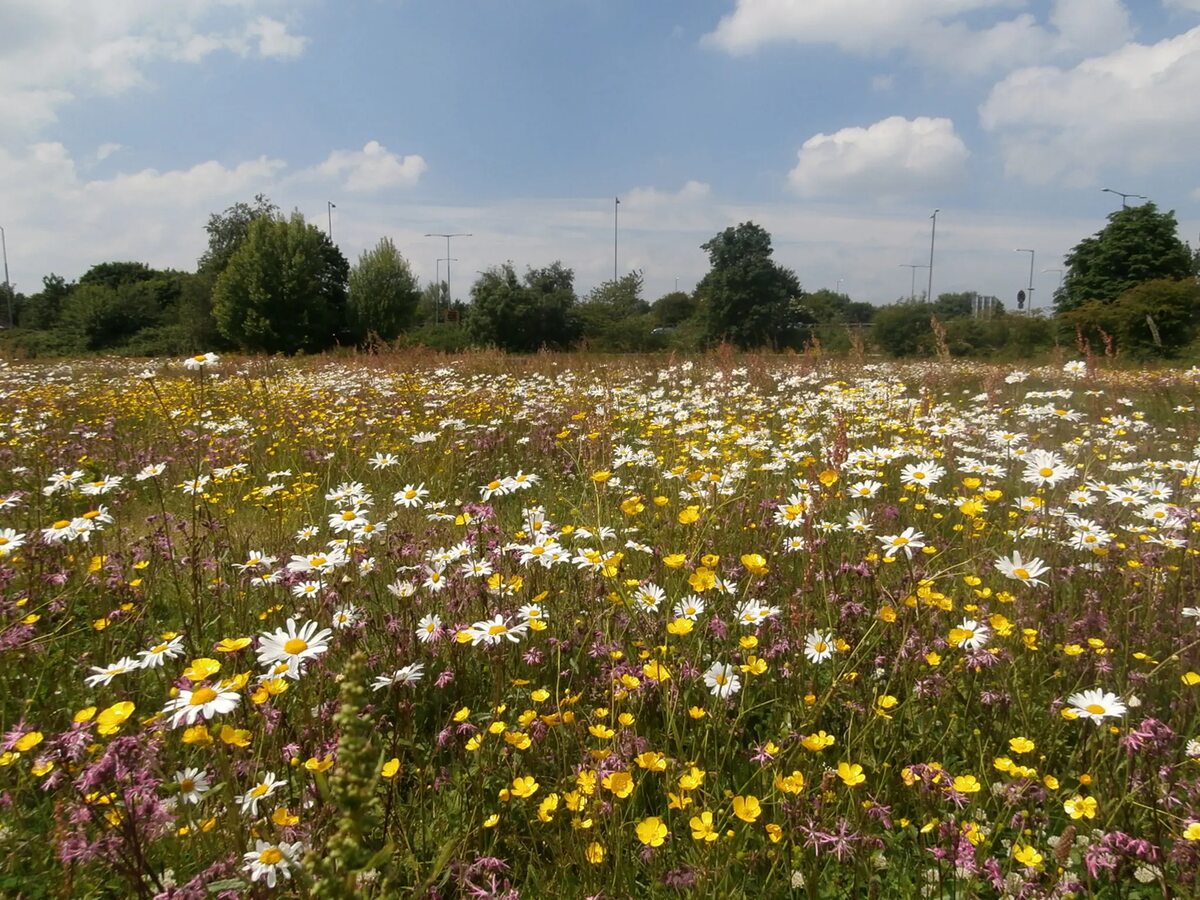
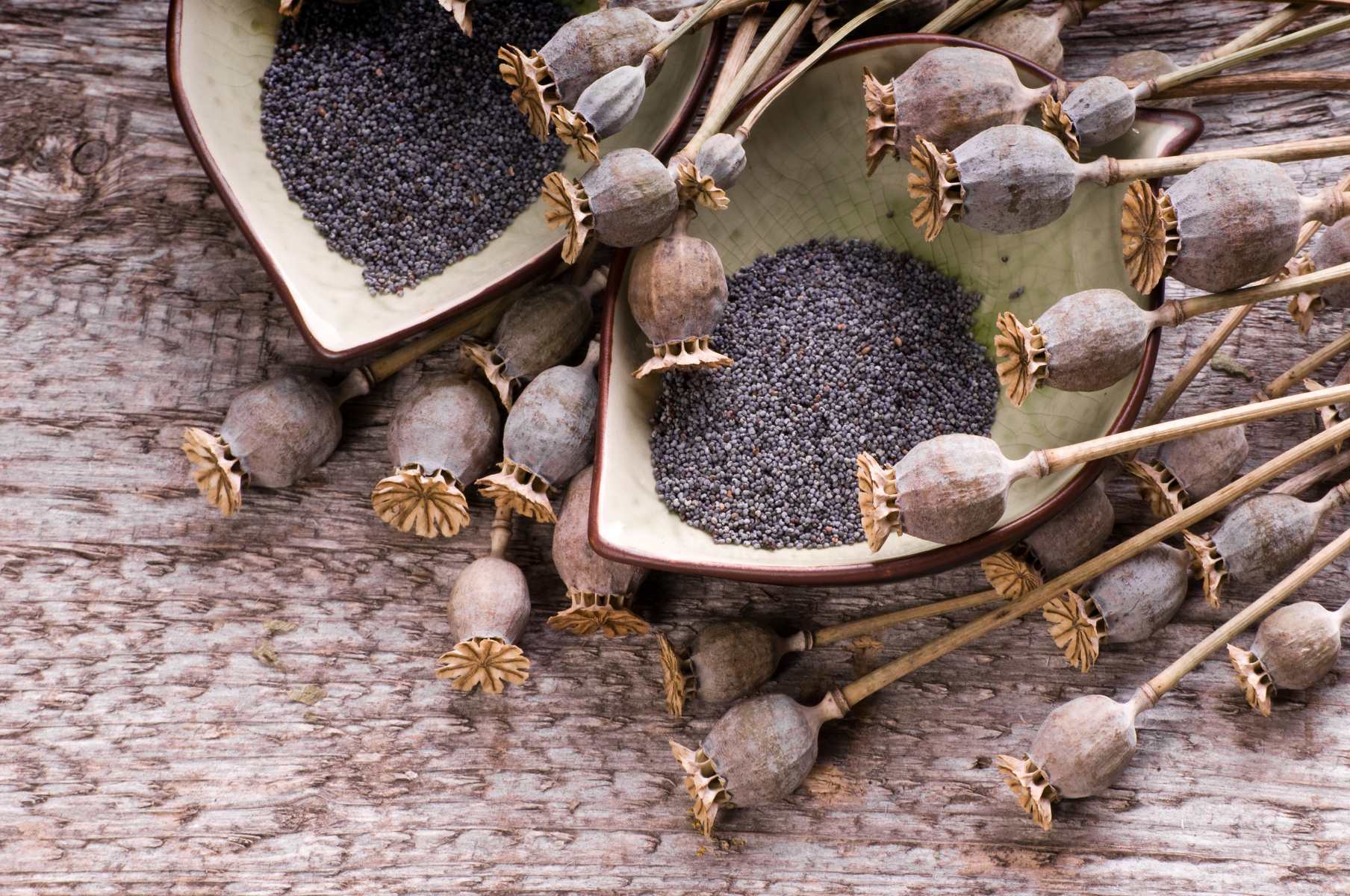
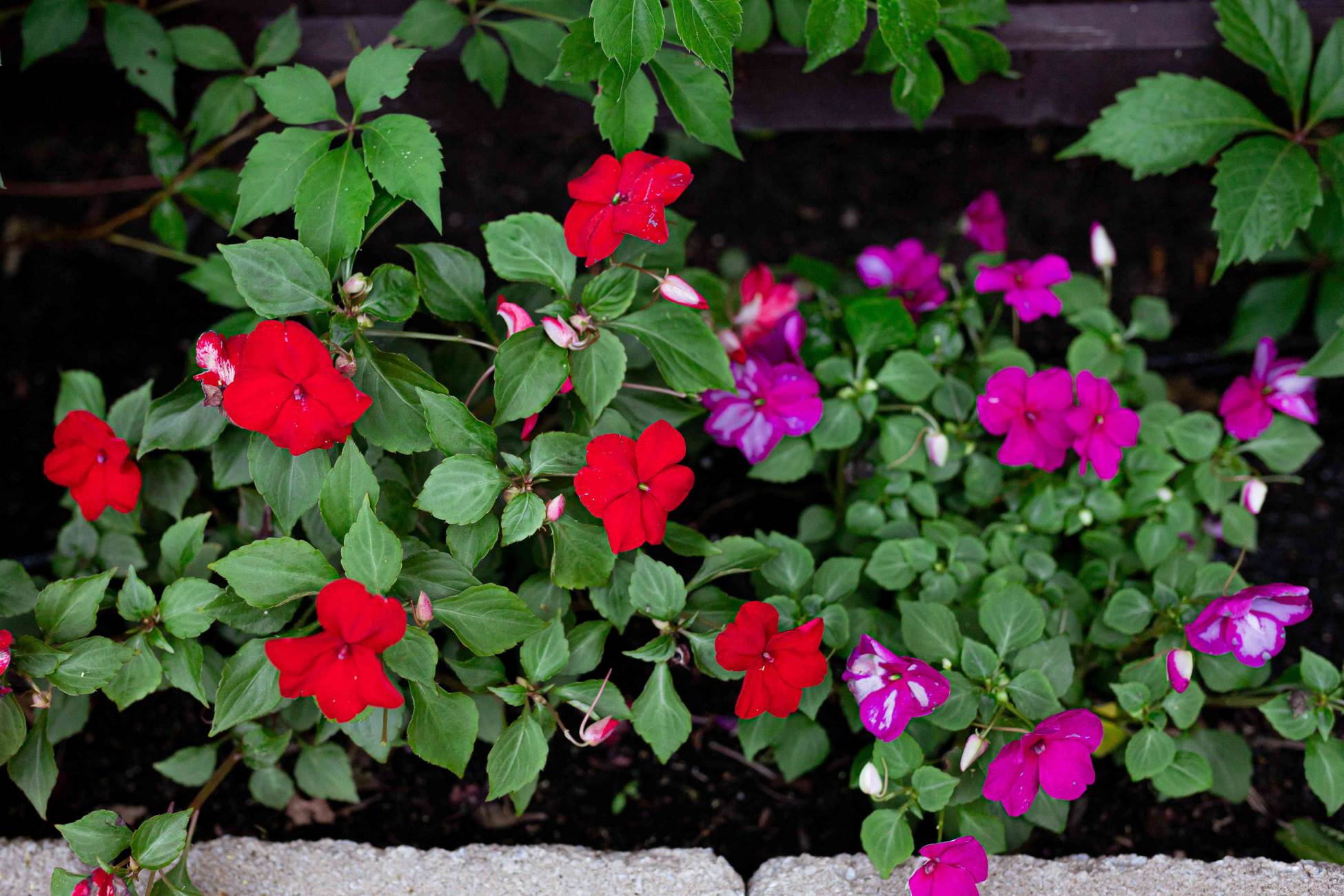
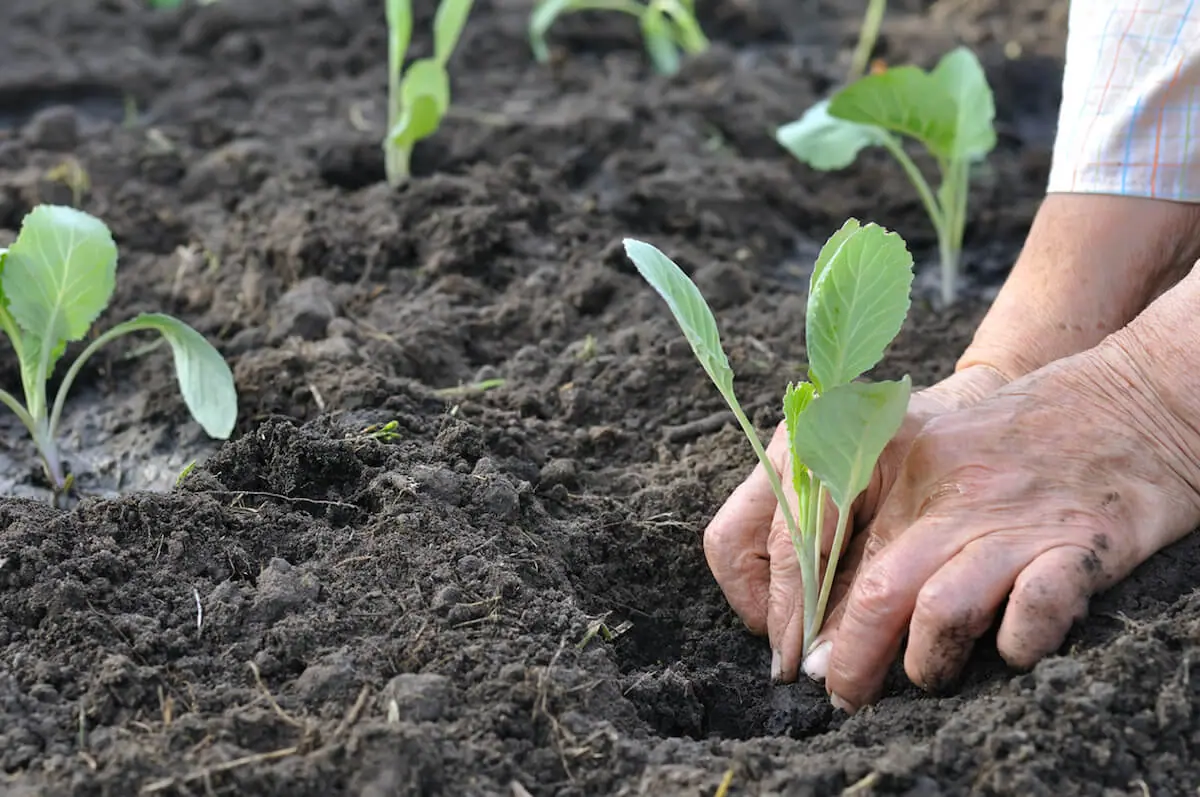
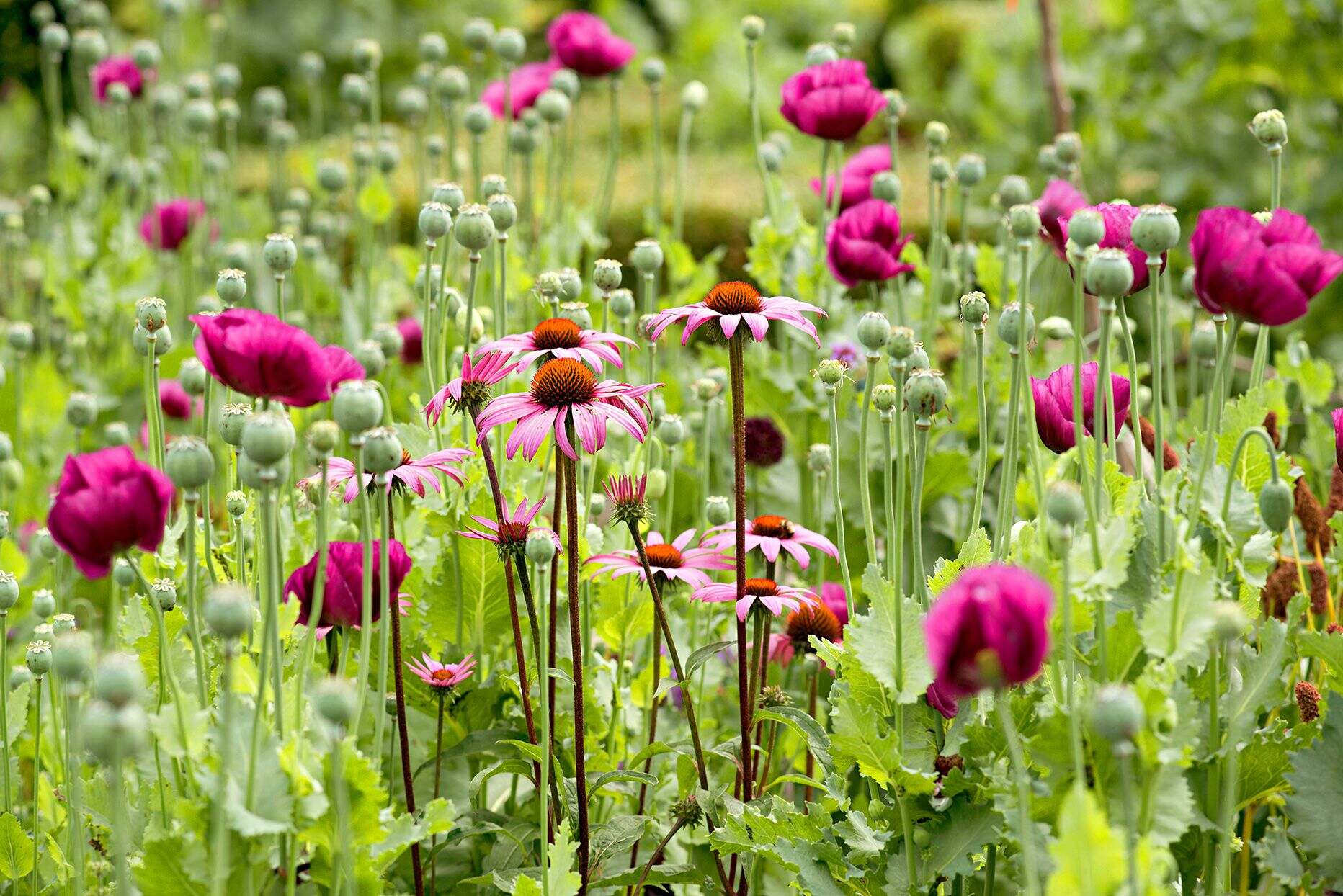
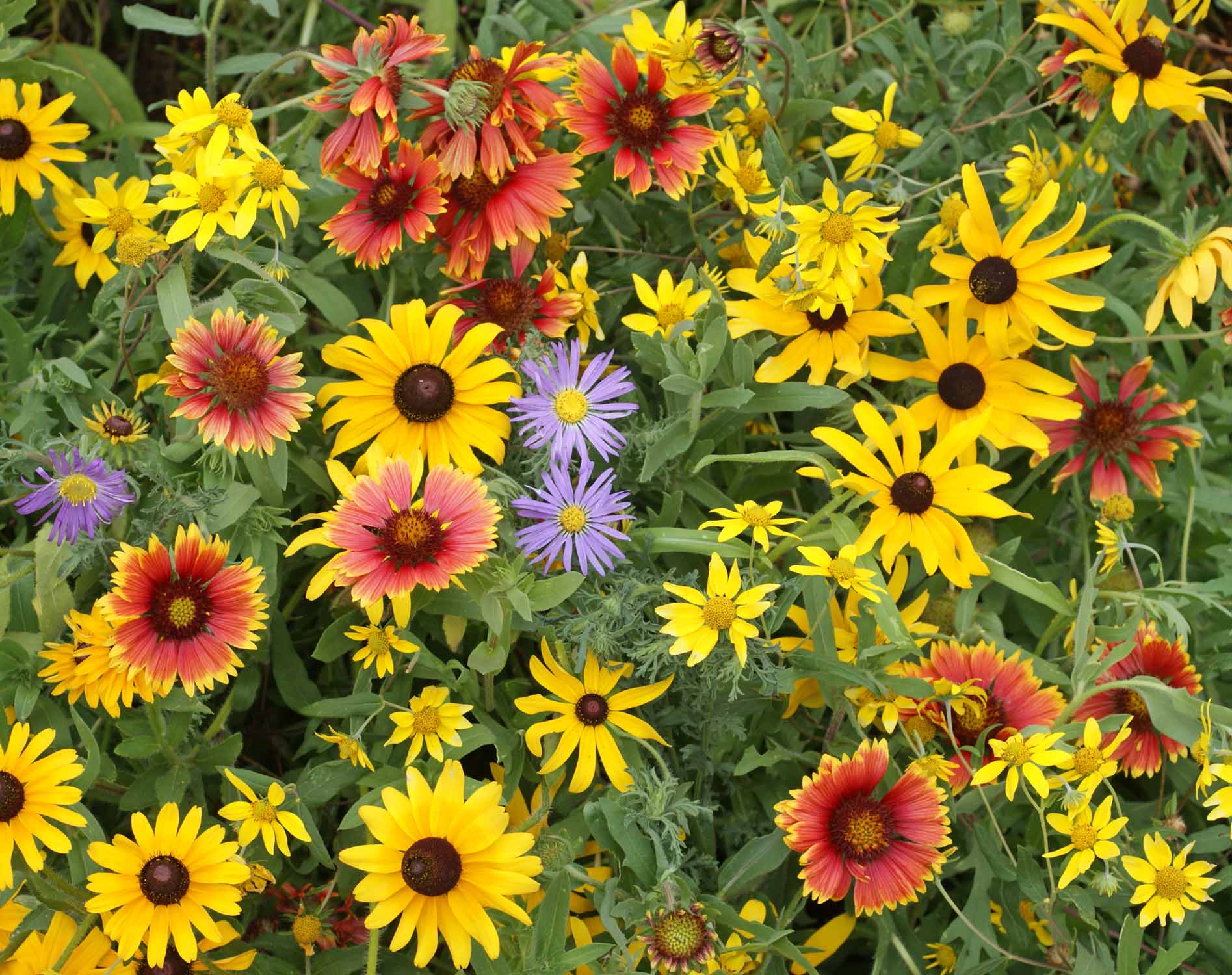
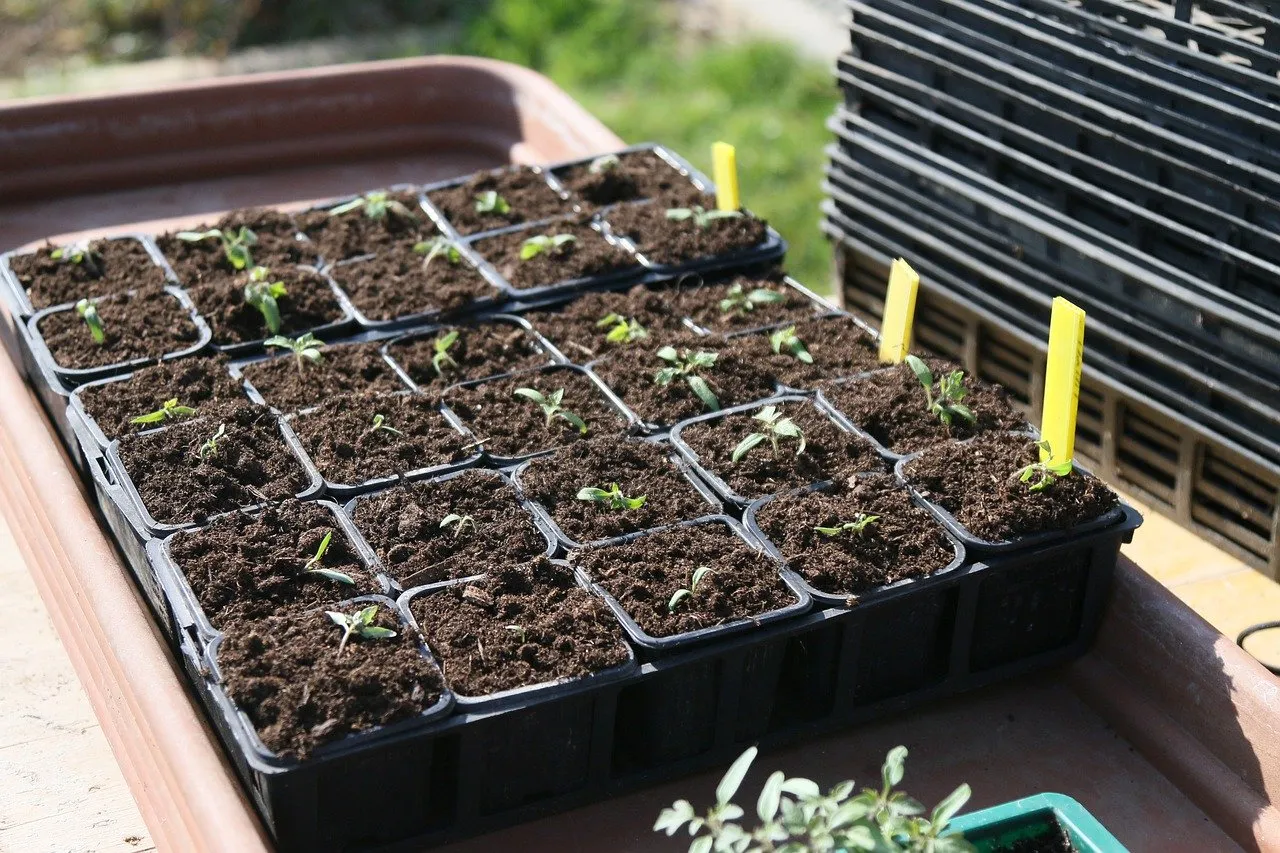
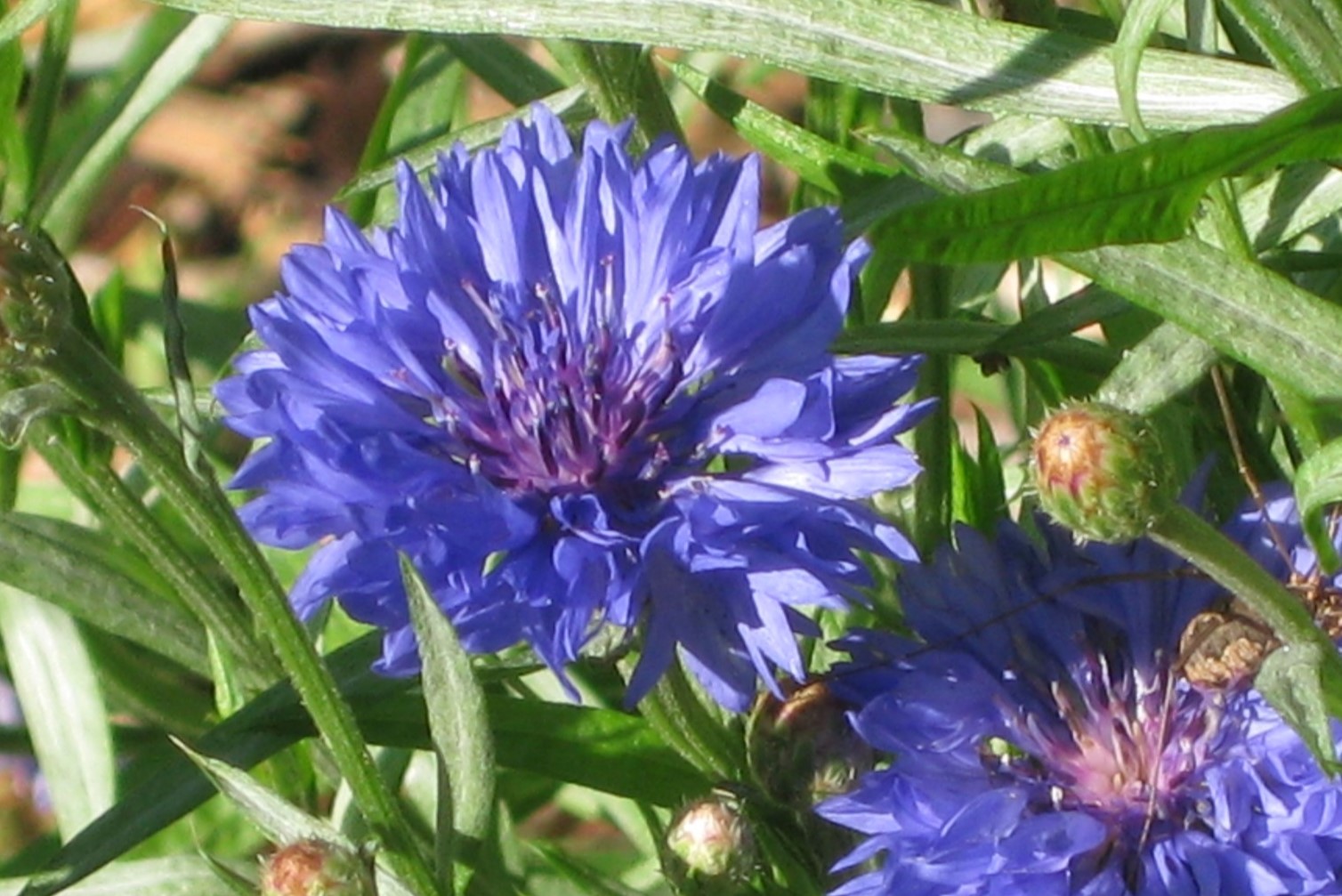
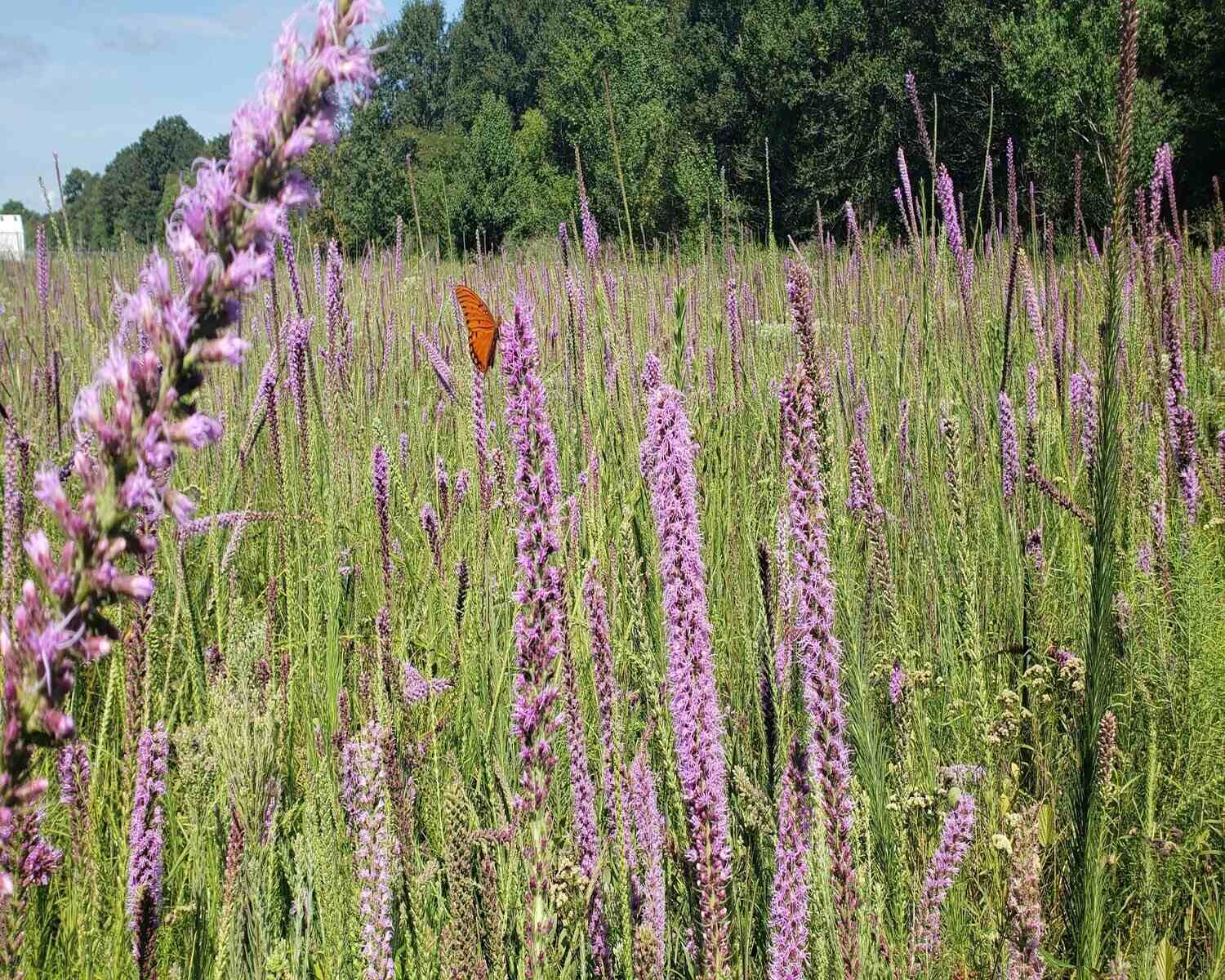
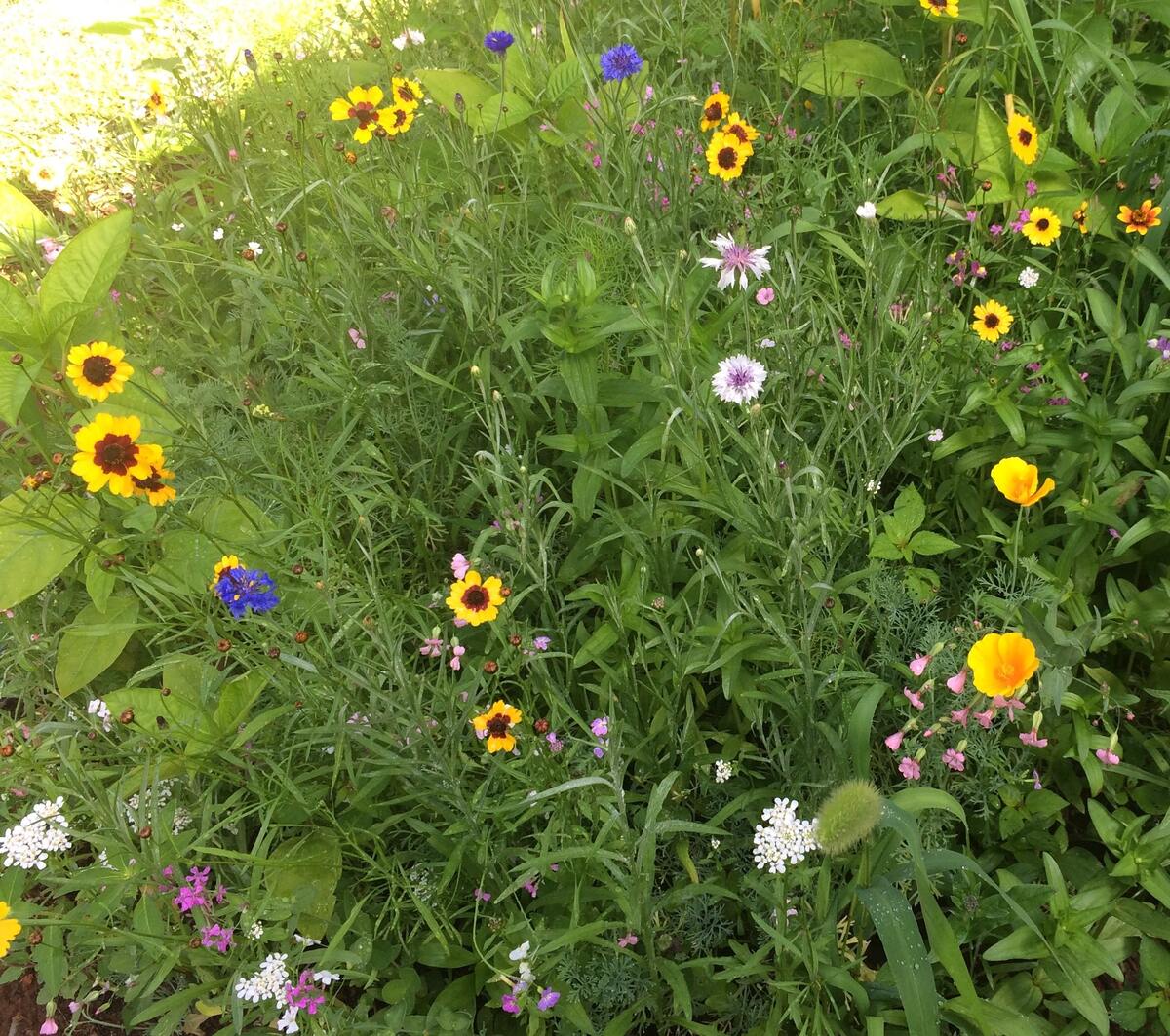
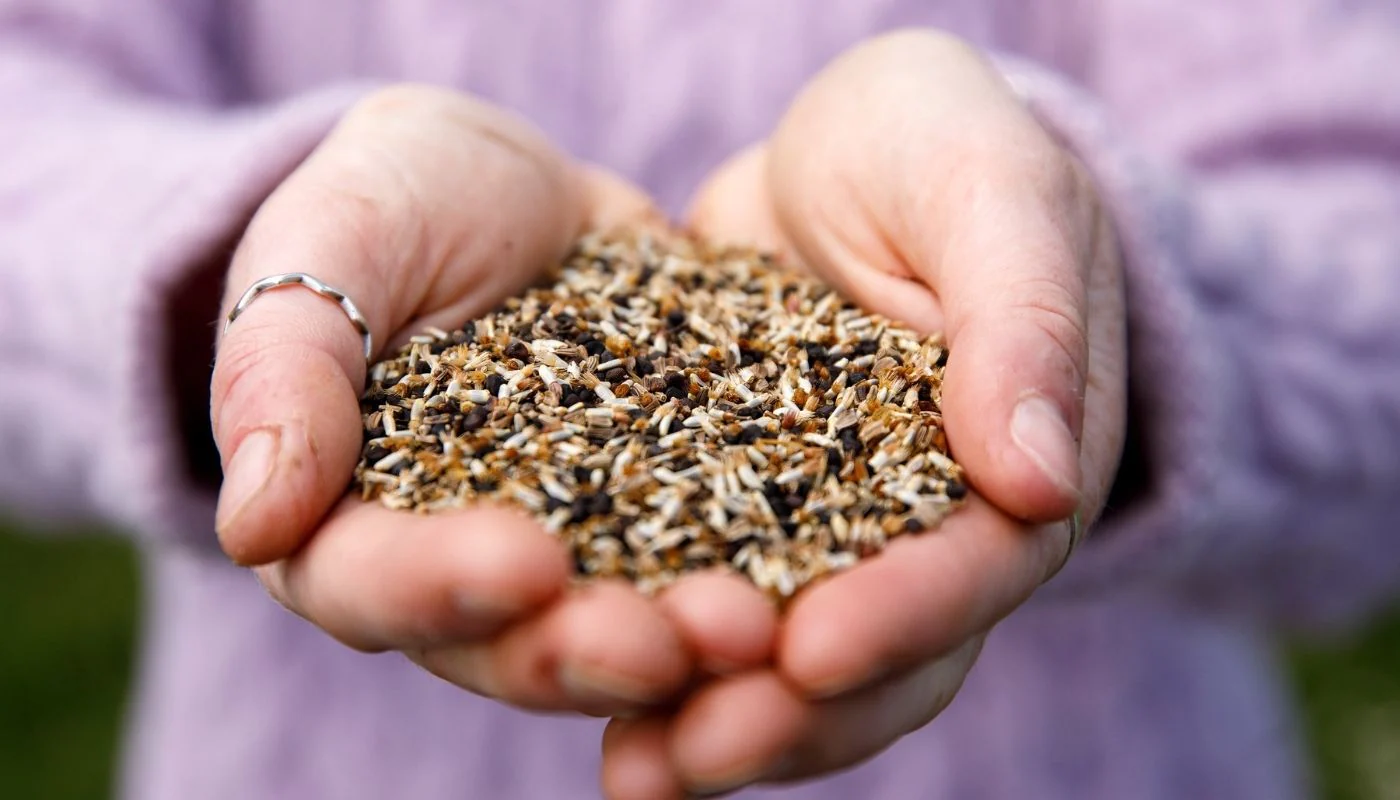

0 thoughts on “The Mix For Wildflower Seeds When Sowing Seeds”